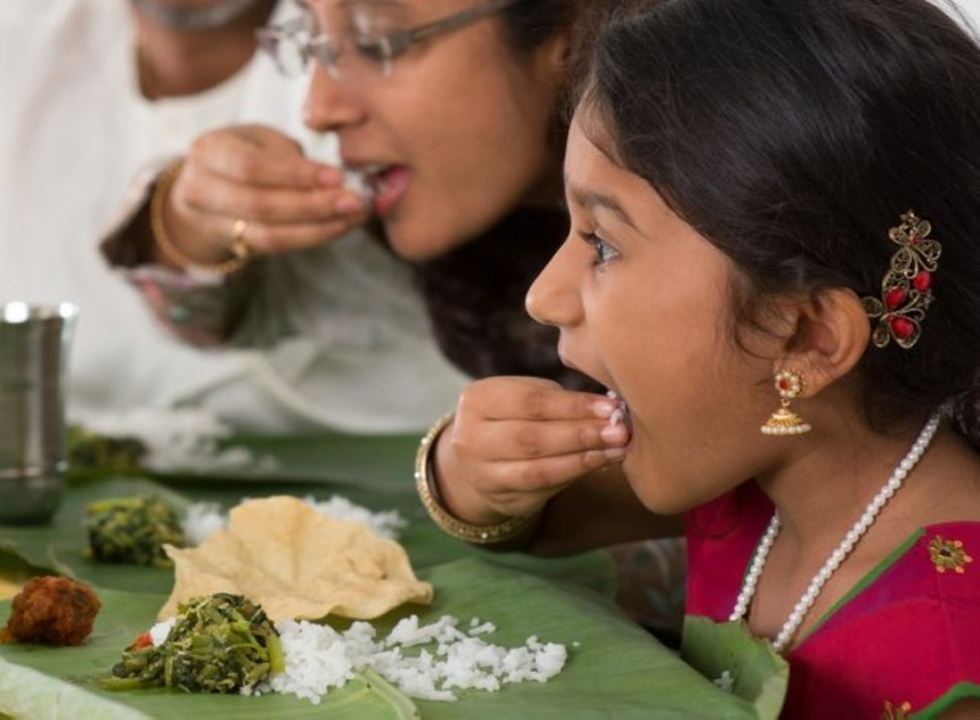Indian Traditions: Everyday Life, Festivals, and Family Values
When you think of India, the first images that pop up are bright festivals, mouth‑watering food, and big family gatherings. Those moments aren’t just celebrations; they’re the threads that hold the whole culture together. Let’s break down the most common traditions you’ll see across the country and why they matter.
Family First – The Core of Indian Life
In India, family isn’t just a group of people you live with; it’s a support system that lasts a lifetime. Joint families, where grandparents, parents, and children share one roof, are still common, especially in smaller towns. Even in cities, you’ll find close‑knit extended families that meet for meals, festivals, and decision‑making. Respect for elders is a daily habit – you’ll hear a polite “Namaste” and a touch of the forehead when greetings happen. This respect shapes everything from education choices to marriage plans.
Another family tradition is the nightly or weekly meal shared together. Meals are more than food; they’re a chance to catch up, pass down stories, and teach younger members about the cuisine that defines each region. Think of a steaming bowl of dal, fresh roti, and a side of pickles – simple, but loaded with cultural meaning.
Festivals – A Calendar Full of Color
India’s festival calendar is packed, and each event brings its own set of rituals. Diwali, the festival of lights, starts with cleaning the house, lighting oil lamps, and exchanging sweets. It’s a time to welcome prosperity and chase away darkness. Holi, the spring‑time color splash, sees people throwing powdered pigments, singing, and dancing in the streets. It’s not just a fun party; it’s a symbolic reminder of the victory of good over evil.
Other festivals like Pongal in the south celebrate harvest, while Navratri in the west features nine nights of dance and devotion to the goddess Durga. No matter the region, the core idea stays the same: community comes together, traditions are performed, and everyone feels a sense of belonging.
Even smaller, local festivals matter. In villages, you’ll find temple fairs called "melas" where artisans sell crafts, and folk music fills the air. These gatherings keep regional art forms alive and give a platform for stories that might otherwise fade.
Rituals in Daily Life
Beyond big events, everyday rituals keep the cultural rhythm steady. Many people start the day with a brief prayer or meditation, often facing a small home altar with a picture of a deity. Before meals, saying “Namaste” or “Adab” shows gratitude for the food. In many households, you’ll find the practice of removing shoes before entering the home – a sign of respect for the space.
Traditional clothing also reflects heritage. Men might wear a kurta or dhoti, while women often choose a sari or salwar‑kameez for festivals and special occasions. The fabrics, colors, and draping style convey regional identities and personal stories.
Lastly, Ayurveda and yoga remain popular health traditions. Even busy city dwellers schedule early morning yoga sessions, believing it balances mind and body. The focus on natural remedies and holistic wellness shows how ancient knowledge adapts to modern life.
All these traditions—family customs, festive celebrations, daily rituals—create a living tapestry that defines India. Whether you’re visiting for a week or living there forever, embracing these practices gives you a deeper connection to the country’s heart and soul.

How is life being an Indian?
Being an Indian is a unique experience, as we are surrounded by diverse cultures and traditions. Life in India is a blend of ancient customs and modern advancements, which makes it both fascinating and challenging. The warmth and hospitality of people here make us feel connected and loved. We celebrate numerous festivals and enjoy a variety of delicious cuisines. Despite the struggles and obstacles, the sense of community and belonging makes life as an Indian truly special.
View more